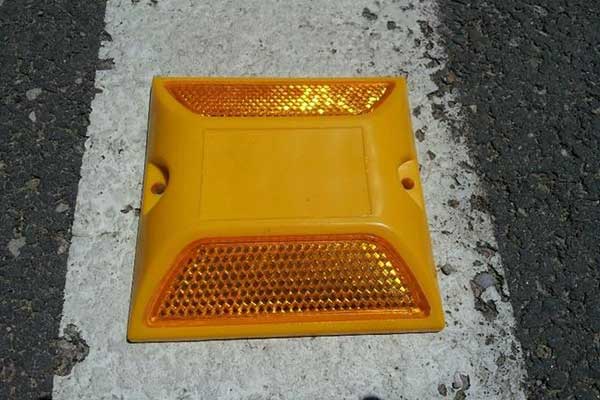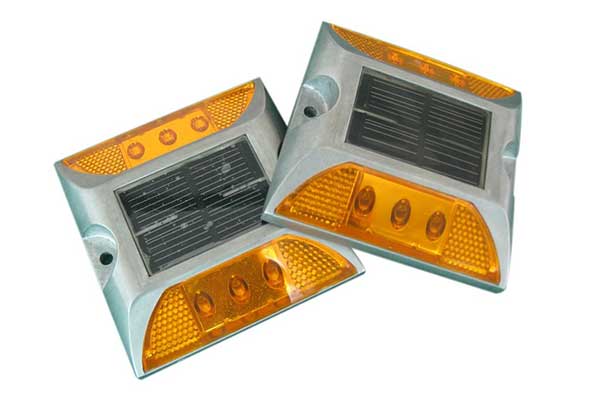What is the Function of a Road Stud?
Road studs, also known as cat’s eyes or raised pavement markers, play a vital role in modern traffic management systems. Though small in size, their function in road safety is enormous. This article explores the main functions of road studs, the types available, and why they are essential for highways, urban streets, and other roadways.
What Are Road Studs?
Road studs are small reflective devices embedded on the surface of roads. They are typically made from materials such as plastic, aluminum, ceramic, or glass, and often contain reflective elements or LED lights. These studs are usually installed in lines along lanes, edges, and centerlines to help guide drivers—especially during low visibility conditions.

Primary Functions of Road Studs
1. Improved Nighttime Visibility
One of the main functions of road studs is to enhance visibility at night or in poor weather conditions. Reflective road studs bounce back the headlights of approaching vehicles, making the road’s layout more visible to drivers. This is especially useful in areas where street lighting is limited or absent.
2. Lane Guidance and Separation
Road studs help delineate lanes, allowing drivers to maintain their position within the correct lane. On highways and multilane roads, they mark the lane boundaries, providing continuous visual guidance. Some are also color-coded for specific purposes, such as white for lanes, red for shoulders, and yellow for medians.
3. Traffic Flow Management
In conjunction with road markings and signage, road studs contribute to better traffic control. By clearly outlining road boundaries and direction, they help reduce confusion and encourage smoother vehicle movement, especially in complex intersections or winding roads.
4. Speed Control and Driver Alertness
Raised road studs often produce a vibratory warning when driven over, acting as a tactile reminder to drivers that they are straying from their lane or approaching a hazard. This feedback helps reduce accidents caused by drowsiness or distraction.
5. Highlighting Road Hazards
In high-risk areas like sharp curves, pedestrian crossings, school zones, and construction sites, road studs are used to draw attention to potential hazards. Solar-powered LED road studs can blink or flash to further enhance safety in these zones.
6. Weather Resilience and Reliability
Unlike paint markings that may fade over time or become obscured by rain or snow, road studs maintain high visibility. Many are designed to be durable and weather-resistant, making them a reliable solution for year-round road safety.

Types of Road Studs
- Solar Road Studs: Equipped with solar-powered LED lights for enhanced visibility in low-light or unlit areas.
- Plastic Road Studs: Lightweight and cost-effective, suitable for low-traffic or temporary use.
- Aluminum Road Studs: Strong and impact-resistant, ideal for highways and heavy-traffic areas.
- Ceramic Road Studs: Durable and highly visible, providing tactile feedback to drivers. Commonly used in urban roads and pedestrian zones.
- Glass Road Studs: Made from high-strength glass, offering excellent reflectivity and aesthetic appeal. Frequently used in high-end or special-purpose road projects.
Conclusion
The function of road studs goes far beyond simple decoration—they are essential safety features that contribute to lane discipline, hazard awareness, and reduced accidents.

